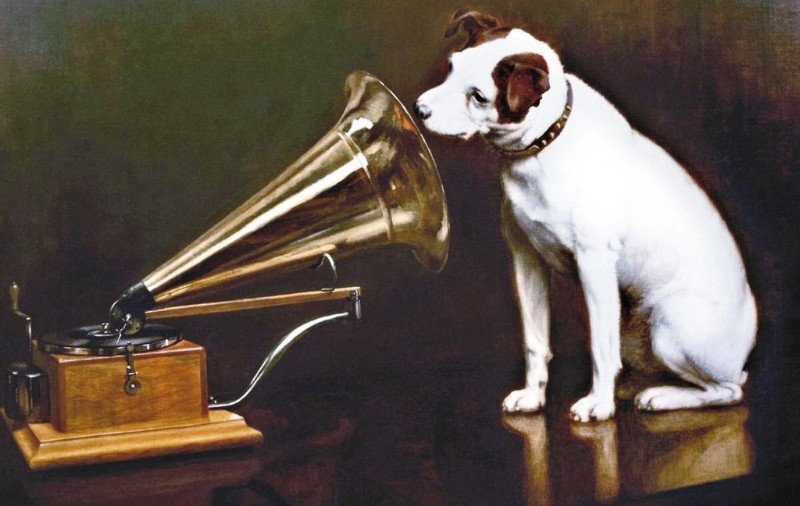By Elliott Brack
Editor and Publisher, GwinnettForum
AUG. 6, 2019 | It’s amazing to me how much many of us spend on recorded music. From listening to individual tunes, to buying instruments to play these songs, to providing a few cents to the individual composers, not just Americans, but people all over the world shell out a lot of money for music.
 Recorded music is more universal than it has ever been. It is virtually everywhere, overwhelming us at every turn. Though more prevalent today than ever, it’s been a larger part of our lives since radio began in the 1920s.
Recorded music is more universal than it has ever been. It is virtually everywhere, overwhelming us at every turn. Though more prevalent today than ever, it’s been a larger part of our lives since radio began in the 1920s.
Each succeeding generation has had more music around them.
However, think back before the recording industry. In much earlier times, music was often associated with traveling minstrels. You could not get music just anywhere. More normal, music was part of a church service.
Think back to the key classical composers: where would we be without the legacy that Beethoven, Brahms, Bach and others gave to the world. Yet most people were not privy to such performances at a time when they were first composed.
But think, too, of how few people routinely could even hear music as part of the everyday turn of events. They might sing, or hum, a tune. But hear as we do today? Didn’t happen.
As radio became more common, first it was live performances in the studio of radio stations, the early celebrities of their day. Then recorded music became more common. Radio stations soon found out that it was easier, and also cheaper, to play recorded music over the airways than it was to bring in paid performers. And eventually, in the late 30s, 40s, 50s and into the 60s, disc jockeys filled the airways of many of the nation’s radio stations, eager to fill the time between commercials with something that people would stay with. (Television cut into the radio audience later on.)
Entertainers from many venues, from gospel to hillbilly to popular and onto classical music, spread across the United States. (That’s from my experience in the USA; wonder what was happening in other countries, probably similar formats, but of that particular culture.)
Meanwhile, individuals started listening to music on new machinery, with Thomas Edison’s phonograph being the first in 1877. Then came a procession of new instruments, each better than the previous one, as a way to distribute music, each finding people willing to shell out money for the latest craze.
First came the wind-up Victrola (1896), and eventually electric radios (1920), record players (successively 78, 45 and 33 rpm), the transistor radio (1954) and audio cassettes (1963). Then onto 8-track tapes (1965), compact discs (1983), MP3 players (1998) and finally, in 2001, the first IPod.
(Besides Edison, blame also Emile Berliner, a German-born American inventor, working as an accountant to make ends meet. His Gramophone was the first to play a disk of recorded music in 1887. The Victrola was the first commercially available record player.)
Happy as ever, music enthusiasts always seemed eager to shell out cash for each new development, which often was a new way to hear music.
As the equipment changed, so did the size and in many ways, the complexity of new gadgets. Look how tiny the devices we plug into our ears are now, podcasts, etc. Compare that, particularly, with the size of a Victrola.
We have progressed from one era to another in music, from acoustic (1877), to electronic (1925), to magnetic (1945) to digital (1975). Where will it lead next?
We want our music always available, many wanting it with us all the time!
- Have a comment? Send to: elliott@brack.net










Follow Us